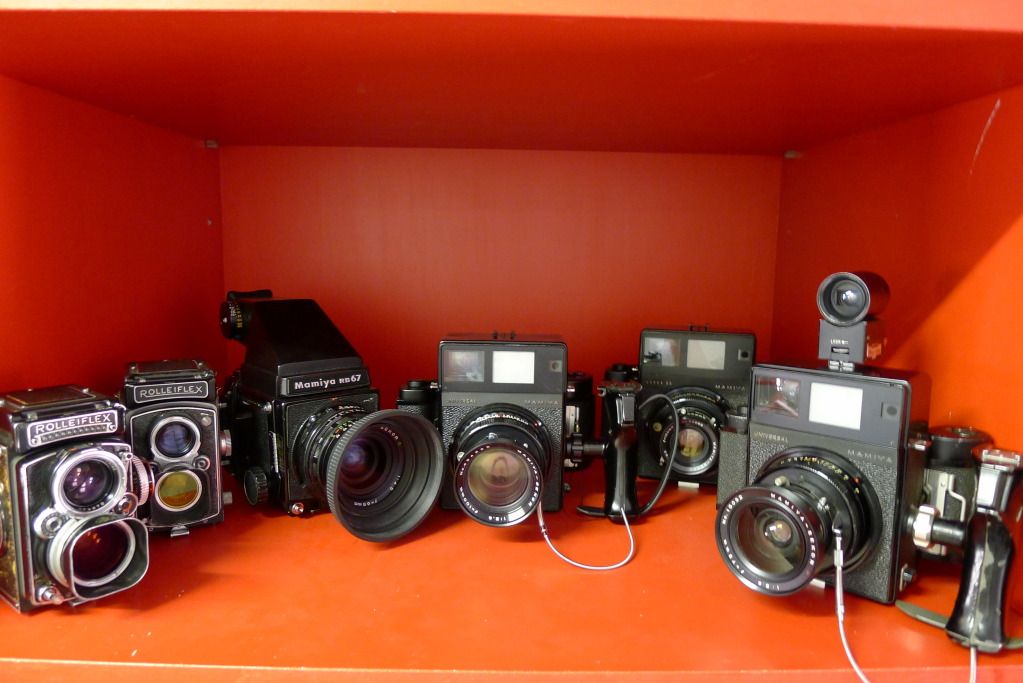The Pentax 6x7 system is what I use for pretty much the same type of photography you are talking about, so I can offer a couple comments.
First of all, the combination of versatility, ease of use, and affordability is really it's main strength. I don't know if there is anything else out there with such a wide selection of lens focal lengths available, almost all of which are very highly regarded (including two zooms by the way - something pretty rare among medium format systems), as well as teleconverters, extension tubes, a reverse mounting ring, various finders, etc. The Mamiya RB/RZ is its main competitor in this regard, and definitely worth looking into also.
Yes the system is rather heavy. But if you are ok with a 2-lens kit consisting of a normal and a wide (wish I were!), then it is really not so bad. And, there really isn't a lot else out there that is significantly lower in weight/bulk anyway, except for the rangefinders (Mamiya 7 being a great choice, if you can afford it). But it is also more difficult to use ND grads with a rangefinder or to use them for macro/closeup work, so you need to think about whether having that flexibility is important to you.
Most users of the system (myself included) will tell you that the mirror vibration "problem" is just another one of those over-repeated and way overblown internet things. If you are talking about tripod-mounted operation then you can plan to use mirror lock-up (MLU), in which case the vibration concern basically becomes moot. You will have no issue at all with this. But do note that if you get the older "6x7" or "67" version as opposed to the more modern "67ii", you should make sure to get one with MLU (early ones did not have this feature).
So what are the downsides? Well, after using my system for several years now, the main thing I really miss from my 35mm system is the ability to change film mid-roll. That would be the nice thing about having a system with interchangeable backs. Of course, that would mean more weight too - so there's no free lunch. If you tend to burn through film relatively quickly, or else tend to always use the same type of film, this won't bother you at all. A second thing is that the Pentax is not as easy to use in vertical orientation as some other systems. With most ball-heads you can just lay the whole assembly over on its side, but I have found a Kirk L-bracket to be a more convenient solution. I must admit that I have some concern that the L-bracket has more flex in it when mounted in the vertical configuration, although I haven't been able to confirm any loss in sharpness due to that. So maybe that is not an issue either.
Finally, don't stress over the decision too much. Just buy it and try it. If it doesn't work out, you can easily sell it for about what you paid for it and then go try something else!
Good luck.


